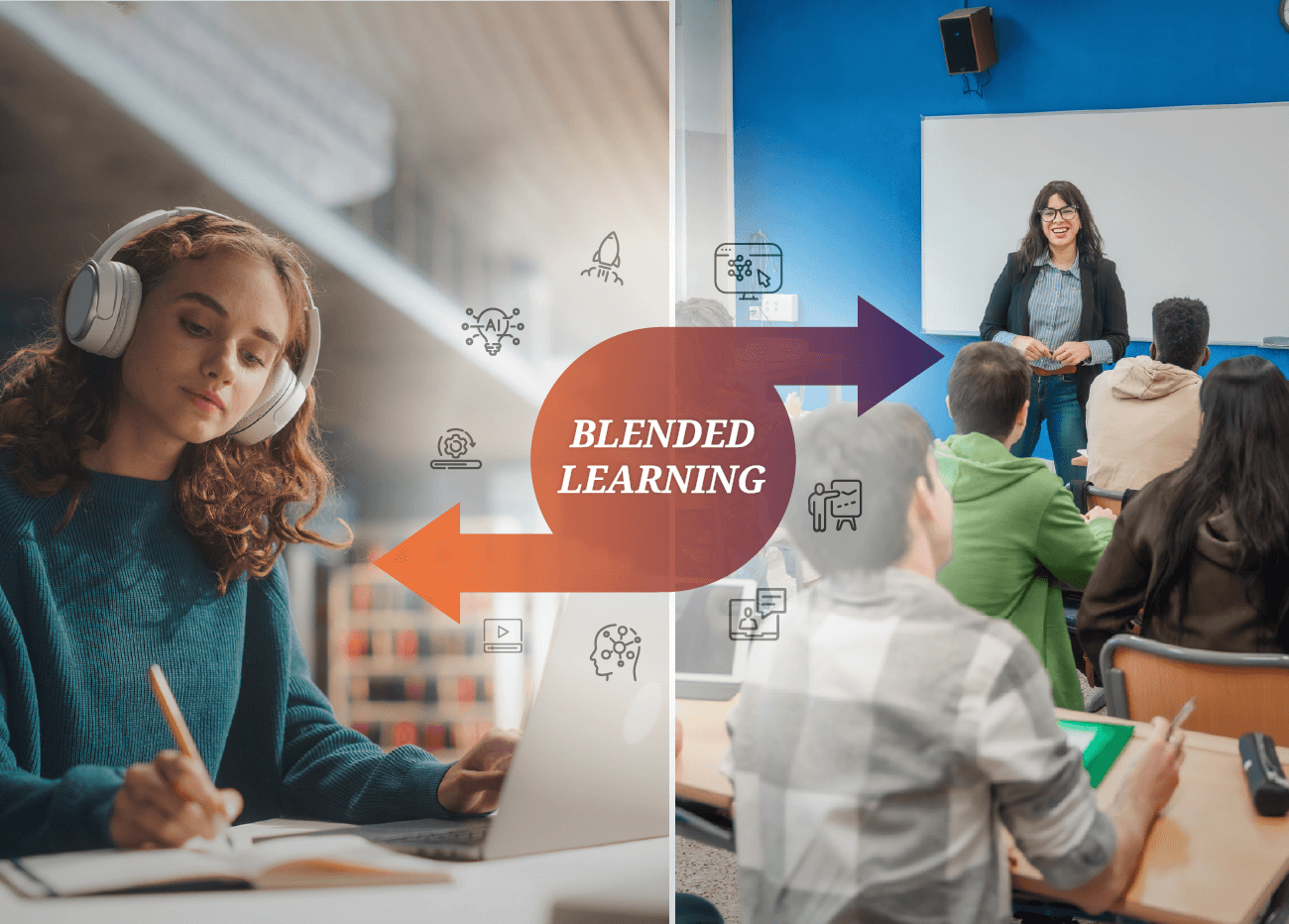The Impact of Mobile Learning on Higher Education Accessibility
How Smartphones and Tablets Are Democratizing Learning for Diverse Populations
The reliance on mobile phones has become increasingly prevalent worldwide, with numerous individuals incorporating them into their daily routines. Projections suggest that the total count of mobile users is estimated to reach 7.49 billion by 2025.
As higher education evolves to meet the demands of a digital-first world, mobile learning has emerged as a transformative force in bridging gaps in accessibility. By leveraging the ubiquity of smartphones and tablets, institutions are dismantling traditional barriers tied to geography, socioeconomic status and learning preferences. This blog explores how mobile learning reshapes accessibility in higher education, empowering diverse student populations while addressing persistent challenges.
What is Mobile Learning?
Mobile learning can be defined as learning in multiple contexts through social contexts and interactions using personal electronic devices. Mobile learning can also be defined as the use of pocket computers, PDAs and mobile phones to conduct education. Mobile learning can take place anytime anywhere, including conventional learning environments such as university classrooms, lecture theatres, libraries, and even canteens as well as learners‟ homes, community locations, parks, and in public transport. Students can have access to lecture notes and assignments via mobile devices.
1. Breaking Geographical and Temporal Barriers
Mobile learning enables students to engage with educational content anytime, anywhere—a critical advantage for non-traditional learners, working professionals, and those in remote regions. Studies show that 99.7% of university students own smartphones, with over 80% using them weekly for academic tasks like accessing course materials or participating in virtual classrooms. During the COVID-19 pandemic, 61% of students increased smartphone usage for learning, while 91% relied on laptops or desktops, highlighting mobile devices as complementary tools for continuity in crises.
For geographically dispersed learners, mobile apps like Canvas Mobile and Zoom have become lifelines, facilitating real-time collaboration and asynchronous learning. In Namibia, where mobile penetration exceeds 112%, universities leverage this connectivity to deliver coursework to students in underserved areas, demonstrating mobile learning’s potential in low-resource settings
2. Personalization and Inclusivity in Learning
Mobile learning platforms cater to diverse learning styles through multimedia formats—videos, podcasts, interactive simulations—that accommodate visual, auditory, and kinesthetic learners. For instance, foreign language students using mobile apps reported higher satisfaction and performance due to personalized content and instant feedback, which traditional classrooms often lack. Adaptive learning technologies further tailor content to individual progress, addressing knowledge gaps proactively.
This personalization is particularly impactful for students with disabilities. Features like screen readers, voice-to-text tools, and adjustable font sizes make mobile learning inherently inclusive. However, disparities persist: 40% of Latin America and 53% of Sub-Saharan Africa lack reliable mobile internet access, underscoring the need for infrastructure investment to achieve true equity
3. Challenges to Equitable Access
Despite its promise, mobile learning faces systemic hurdles:
- Device Limitations: While smartphone ownership is nearly universal, tablets (45%) and wearables (56%) are less common, limiting access to advanced functionalities like AR/VR simulations.
- Digital Literacy Gaps: Only 66% of students use mobile apps for learning weekly, often due to inadequate training or institutional support. Instructors’ reluctance—55% ban mobile devices in classrooms—further stifles adoption.
- Socioeconomic Divides: In low-income regions, limited bandwidth and high data costs exclude marginalized groups. For example, Cuba’s average mobile speed (5 Mbps) is 25x slower than the UAE’s, hindering resource-intensive applications
4. Institutional Strategies for Enhancing Accessibility
To maximize mobile learning’s potential, universities must:
- Invest in Infrastructure: Expand Wi-Fi coverage and subsidize devices for low-income students, as seen in Namibia’s high mobile adoption rates.
- Train Faculty and Students: Integrate digital literacy programs to bridge usage gaps. At the University of Central Florida, targeted training increased students’ academic use of mobile apps by 20% over three years.
- Adopt Universal Design Principles: Develop mobile-friendly content with accessibility features (e.g., closed captions, alt-text) to support diverse needs
5. The Future: AI, VR, and Predictive Analytics
Emerging technologies promise to deepen mobile learning’s impact:
- AI Tutors: Hyper-personalized guidance and 24/7 support could help at-risk students, particularly in large online cohorts.
- Immersive Learning: AR/VR simulations enable hands-on practice in fields like medicine or engineering, democratizing access to experiential learning.
- Predictive Analytics: Machine learning models identify disengagement patterns early, allowing timely interventions to improve retention
Conclusion: Toward a More Accessible Future
Mobile learning is not a panacea, but its ability to transcend physical and socioeconomic barriers makes it indispensable for building inclusive higher education systems. By addressing infrastructure gaps, fostering digital literacy, and embracing innovative pedagogies, institutions can ensure that mobile technologies serve as equalizers rather than dividers. As the EDUCAUSE Review aptly notes, “Ownership does not equate to proficiency” —success lies in strategic, student-centered implementation.
For universities navigating the eLearning landscape, the message is clear: Prioritize accessibility, and mobile learning will follow.
Explore More in This Series:
- Debdut Pramanickhttps://www.mitrmedia.com/resources/blogs/author/debdutp/
- Debdut Pramanickhttps://www.mitrmedia.com/resources/blogs/author/debdutp/
- Debdut Pramanickhttps://www.mitrmedia.com/resources/blogs/author/debdutp/
- Debdut Pramanickhttps://www.mitrmedia.com/resources/blogs/author/debdutp/




